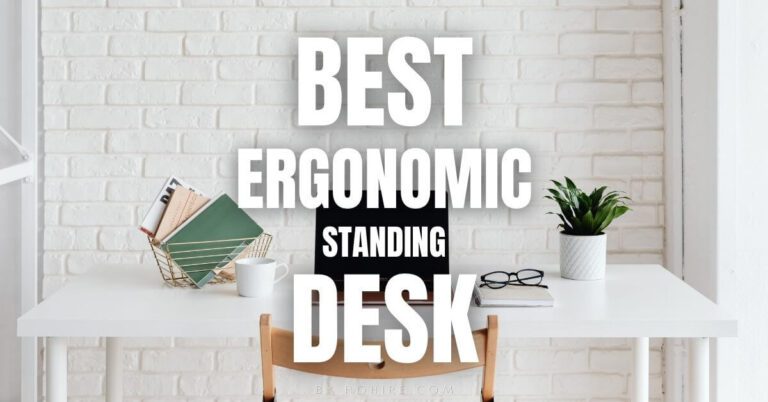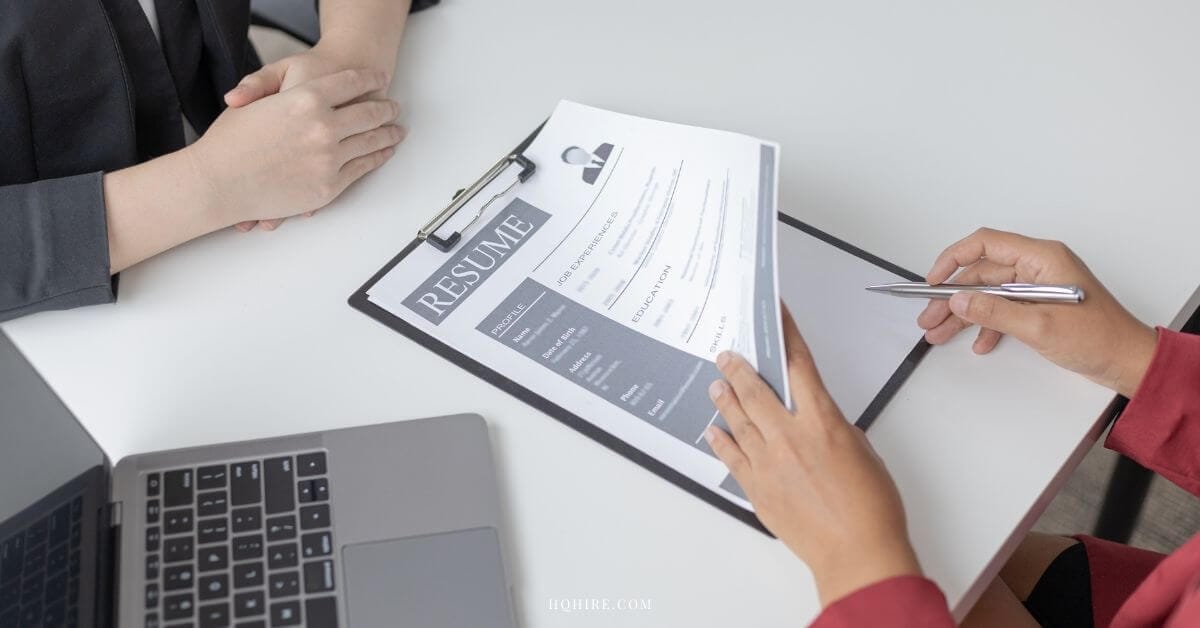Becoming a freelance graphic designer begins with building a strong foundation in graphic design principles and software tools. This foundation is crucial because your skills and creativity will be your main selling points to potential clients.
To succeed, you need to understand current trends in the industry, and continually improving your skills.
KEY TAKEAWAYS
- Build a strong foundation in graphic design.
- Create a compelling and diverse portfolio.
- Continuously improve and market your skills.
What Does Freelance Graphic Designer Do?
As a freelance graphic designer, you wear many hats. You work with clients, create designs, and manage your own business. Let’s break down what this role entails.
Key Roles and Responsibilities of a Freelance Graphic Designer
As a freelance graphic designer your responsibility includes:
- Creating visual content for your clients; Whether it’s logos, websites, or advertisements, your key role is to make your client’s vision come to life.
- Communicate with clients to understand their needs and translate those needs into design concepts.
- Manage your own schedule; This means balancing multiple projects at once and meeting deadlines.
- Handle administrative tasks such as; invoicing, marketing your services, and updating your portfolio.
Pros and Cons of Freelance Graphic Design
Working as a freelance graphic designer comes with its pros and cons.
Pros of Freelance Graphic Designer:
- Freedom to work from anywhere.
- Freedom to choose your own projects.
- Control over your career path and work-life balance.
Cons of Freelance Graphic Designer:
- Finding steady work can be difficult, especially when starting out.
- Don’t have a guaranteed income, which can be stressful.
- Requires to handle non-design tasks like marketing and finances.
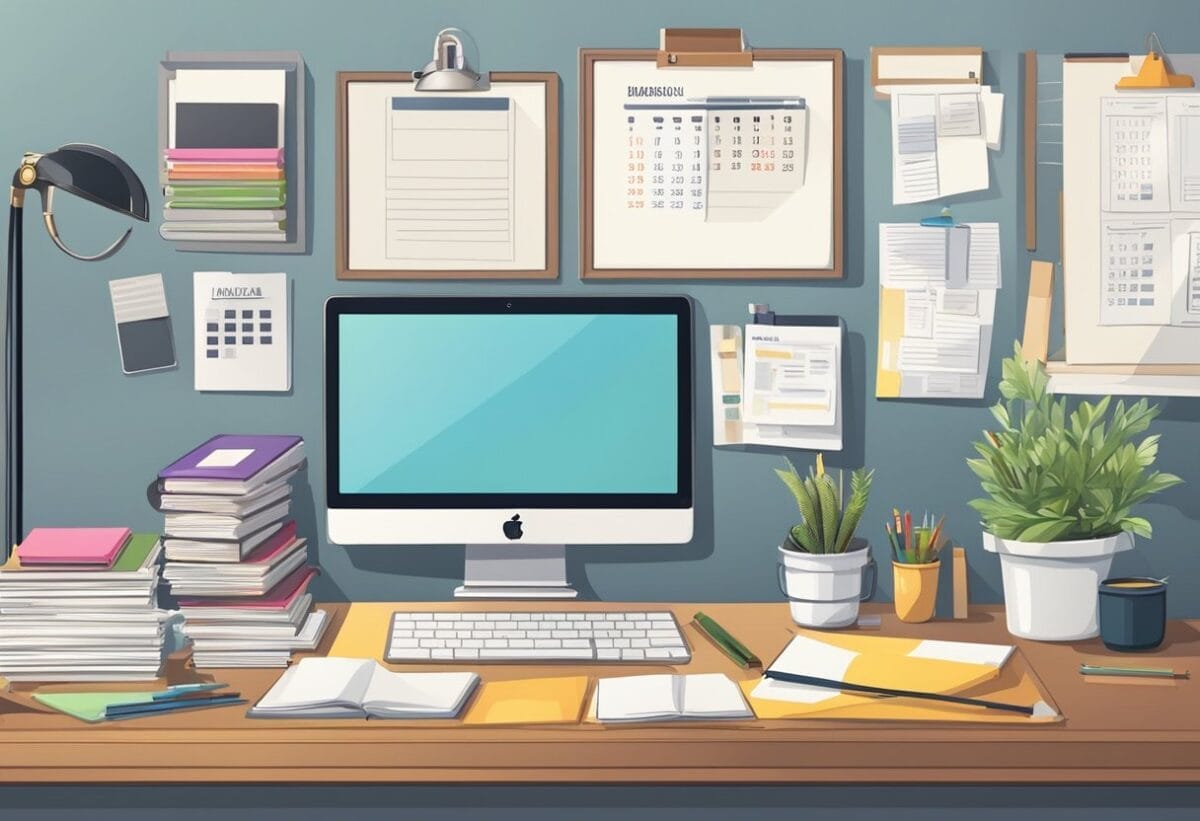
Life of a Freelance Graphic Designer
A day in the life of a freelance graphic designer is varied.
- You might start by checking emails and responding to client inquiries.
- Then, you might spend the morning working on design projects.
- Afternoons could be for meetings or reviewing feedback from clients.
Freelancers also need to stay current with design trends. This means continuous learning and adapting to new tools.
Networking is another key aspect, as building relationships with clients and other designers can lead to more opportunities.
By balancing creativity with business savvy, you can thrive as a freelance graphic designer. It’s a role that demands both artistic talent and practical skills.
Current Trends and Outlook of Freelance Graphic Designer
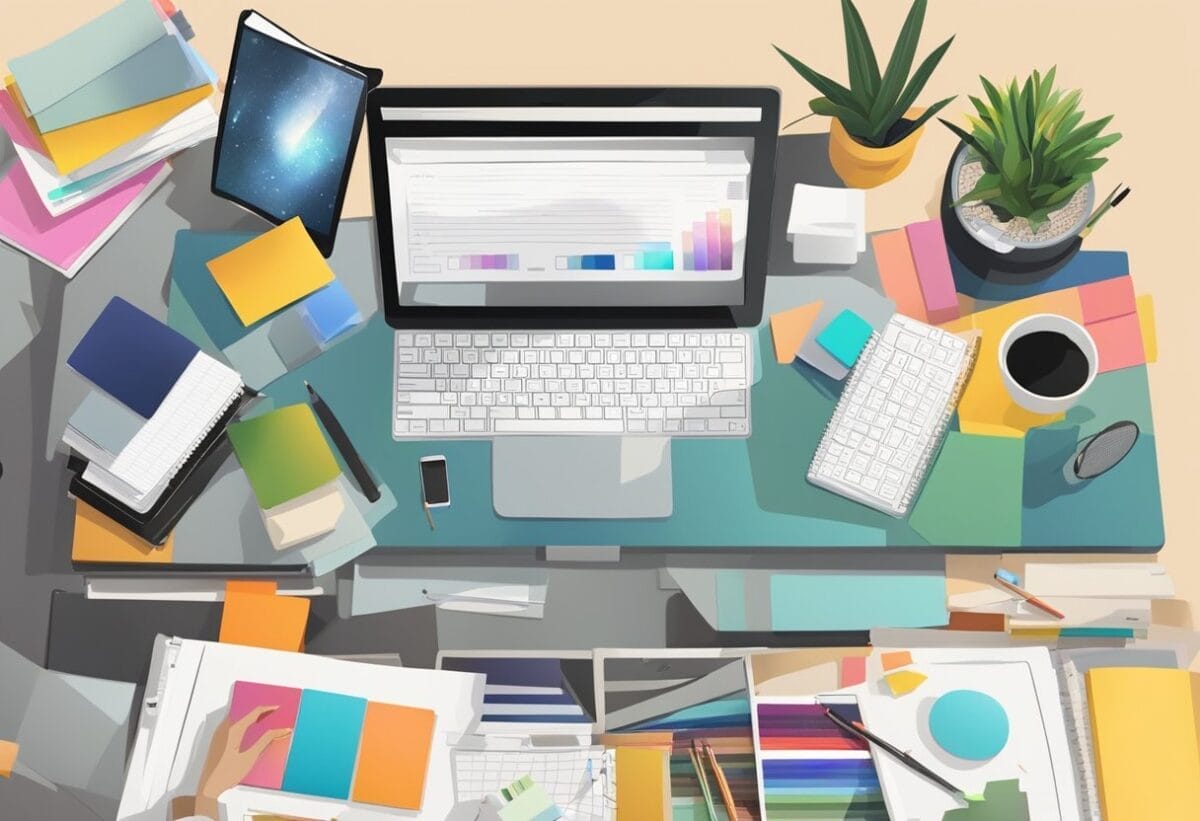
The freelance graphic design industry is growing fast. More companies are hiring freelance graphic designers for short-term projects. This trend is opening many opportunities for you.
- Remote Work: You can work from anywhere. Many clients prefer remote designers, which means you can choose your work environment.
- Flexibility: Freelancing offers flexibility in your schedule. You can decide when to work, making it easier to balance personal life.
- Demand for Specialization: Specializing in specific areas like web design, branding, or motion graphics can set you apart. Clients often look for experts rather than generalists.
- Technological Advancements: New tools and software improve your efficiency. Tools like Adobe Creative Cloud are essential. Staying updated with the latest technology can boost your career.
- Networking: Joining online communities can help you find clients and partners. Websites like Behance and Dribbble are popular for showcasing your portfolio.
- Gig Economy: The rise of the gig economy means more clients are open to hiring freelancers. This model is becoming more accepted, giving you more job opportunities.
- Competitive Market: The market is competitive. You need a strong portfolio and unique style to attract clients. Keeping up with design trends is crucial.
- Sustainability Focus: Many clients want environmentally-friendly designs. Staying informed about sustainable practices can appeal to conscious clients.
Keep these trends in mind as you build your freelance career.
Adapt to changes and stay current to thrive in this dynamic field.
Salary of Freelance Graphic Designer
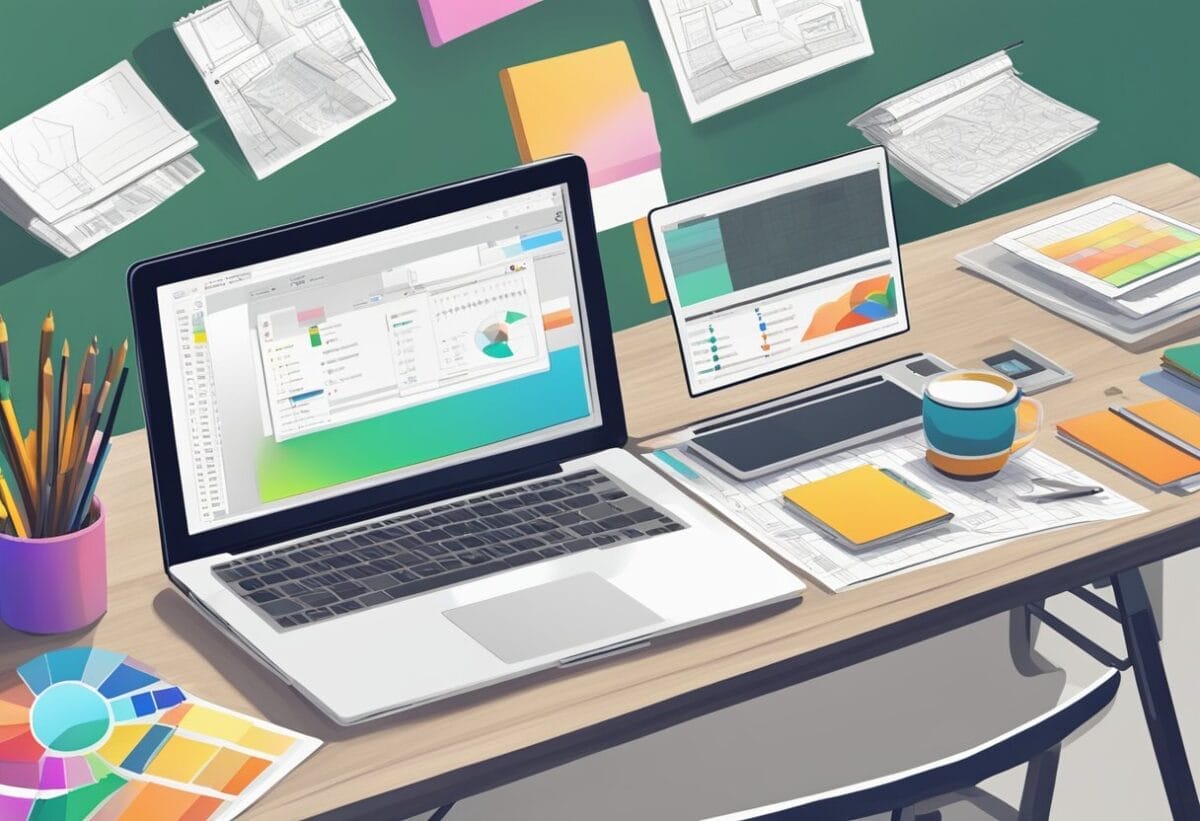
Freelance graphic designers can earn different amounts based on experience, skills, and clients. Hourly rates for freelance designers vary widely.
- On average, freelance graphic designer might charge between $25 and $50 per hour.
- Experienced designers may charge even more, depending on their portfolio and the complexity of the project.
Annual earnings for freelance graphic designers also vary.
Based on national averages,
- Freelance graphic designers may earn around $64,700 per year.
- Company employed graphic designers working in specialized services make approximately $68,110 per year.
Percentile Breakdown:
| Percentile | Hourly Wage | Annual Wage |
|---|---|---|
| 10% | $17.51 | $36,420 |
| 25% | $21.90 | $45,560 |
| 50% (Median) | $28.32 | $58,910 |
| 75% | $37.30 | $77,570 |
| 90% | $48.29 | $100,450 |
Factors like location also impact earnings. States like New York and California offer higher wages.
- Higher income location such as New York, graphic designer can earn about $80,390 annually.
- Lower income location such as Texas and Florida, graphic designer earn around $58,910 annually.
Freelance graphic designers working in high-paying industries like motion picture and video can earn significantly more. In such sectors, the average annual wage can be as high as $102,260.
Aspiring freelance graphic designers should aim to build a strong portfolio.
- Specializing in a niche, like web design or branding, can also boost your earning potential.
- Building relationships with multiple clients can ensure a steady workflow and income.
How to Become a Freelance Graphic Designer?
Successfully establishing and growing your freelance graphic design career requires dedication, continuous learning, and effective marketing strategies.
- Creating a compelling portfolio demonstrates your abilities and helps you land clients.
- Create a diverse and visually appealing portfolio is key to attracting and retaining clients.
- Define your niche and marketing yourself effectively can set you apart from the competition.
Step 1: Building Your Graphic Design Foundation

Creating a strong foundation in graphic design is essential. You need to choose the right educational path, learn the basics of design theory, and develop an effective design process.
Choose Your Educational Path
To begin, you must decide how you’ll gain your design skills. You can attend a traditional art school, take online design courses, or even be self-taught.
- Traditional schools offer structured programs and access to experienced professors.
- Online courses provide flexibility, letting you learn at your own pace which suits many aspiring designers. Platforms like Coursera and Udemy have high-quality courses that cover various aspects of graphic design.
- Self-taught designers can use resources like YouTube tutorials, blogs, and free courses. This path requires more discipline and self-motivation but offers complete control over your learning journey.
Understanding Design Theory
Design theory is crucial to creating effective and visually appealing work. Design theory covers elements such as color, typography, layout, and composition. Understanding how these elements work together helps you convey messages and emotions through your designs.
- Color theory, involves knowing how different colors interact and how they can influence mood and behavior.
- Typography includes the study of fonts, text hierarchy, and readability.
Learning about layout and composition means understanding how to arrange elements in a way that guides the viewer’s eye and maintains balance.
Books like “The Elements of Graphic Design” are great resources for grasping these concepts.
Developing a Design Process
Developing a solid design process is key to creating consistent and high-quality work.
- Start with research to understand the client’s needs, target audience, and competition.
- Next, brainstorm and create rough sketches to explore different ideas. This stage is crucial for developing unique concepts.
- Then, refine your best sketches into detailed designs using graphic design tools like Adobe Illustrator or Photoshop.
- Then, gather feedback from peers or mentors and make necessary adjustments.
- Finally, deliver the polished design to the client and be open to any revisions they might need.
This structured approach will help you become more efficient and effective in your design projects.
Step 2: Growing Your Graphic Design Skill Set

To thrive as a freelance graphic designer, you must deepen your skills and stay updated with industry standards. Focus on mastering the necessary tools and continuously seek opportunities for learning.
Mastering Design Software and Tools
Your success as a graphic designer heavily relies on your proficiency with design software.
- Mastering tools like Adobe Creative Suite, which includes Photoshop, Illustrator, and InDesign, allow you to create professional-level graphics, illustrations, and layouts.
- Learning other tools such as Sketch for UI/UX design or CorelDRAW for vector illustrations.
Familiarizing yourself with these tools enhances your versatility and competitive edge.
- Regular practice at least 1 to 3 hours a day and exploring advanced features within these programs will improve your efficiency and creativity.
- Make using these tools your second nature can enable you to conceptualize and execute designs seamlessly.
Continuous Learning
The design field is constantly evolving, making continuous learning essential.
- Enroll in online courses from platforms like Coursera, Udemy, or Skillshare to stay updated with the latest trends. These courses often cover new techniques, software updates, and industry best practices.
- Participate in workshops and webinars. They provide a hands-on learning experience and an opportunity to connect with other professionals.
- Reading design blogs and following influential designers on social media can also offer valuable insights.
Understanding design theory is equally important. It includes principles like color theory, typography, and layout design. Regularly updating your knowledge ensures that your skills remain relevant and innovative.
Step 3: Creating a Compelling Graphic Design Portfolio
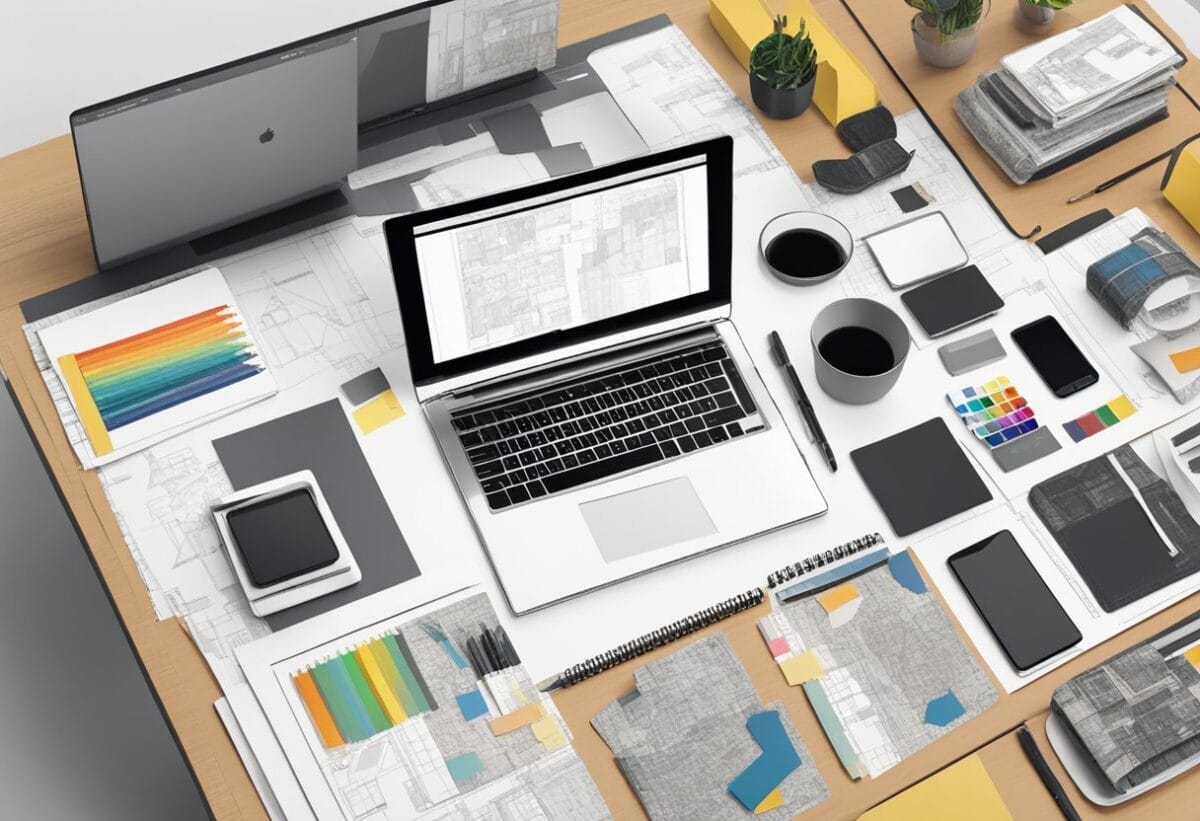
A stunning graphic design portfolio showcases your skills, creativity, and unique style. It’s essential to select your best work, use the right platforms, and adapt it to different media types.
Selecting and Presenting Your Best Work
Choose your most impressive projects. Highlight a variety of styles and techniques to show how versatile you are. Include work that demonstrates problem-solving abilities.
Tips for selecting your work:
- Pick 10-15 of your best pieces.
- Show a mix of personal projects and client work.
- Include a brief description of each project. Highlight your role, the challenge, and the solution.
Present your work in a clean, organized manner. Use high-quality images and consider adding mockups to showcase your designs in real-world scenarios.
Online Presence and Portfolio Platforms
Having a strong online portfolio is crucial. It reaches a wider audience and makes sharing your work easier. Choose portfolio platforms that best showcase your strengths and align with your brand.
Popular portfolio platforms:
- Behance: Great for connecting with other designers.
- Dribbble: Ideal for sharing sneak peeks and gaining feedback.
- Adobe Portfolio: Offers customization and integration with Adobe Creative Cloud.
Ensure your online portfolio is easy to navigate. Include contact information and links to your social media profiles. Regularly update it with your latest work.
Adapting to Various Media: Print, Digital, and Web Design
Your portfolio should cater to clients looking for various types of media. Show your ability to work with print, digital, and web design.
Adapting your work for different media:
- Print: Include flyers, business cards, posters, and brochures.
- Digital: Showcase social media graphics, digital ads, and email templates.
- Web Design: Highlight website layouts, user interfaces, and interactive elements.
Use clear and high-resolution images. Provide context or case studies for each project to explain your process and the results achieved.
Step 4: Launching Your Freelance Business
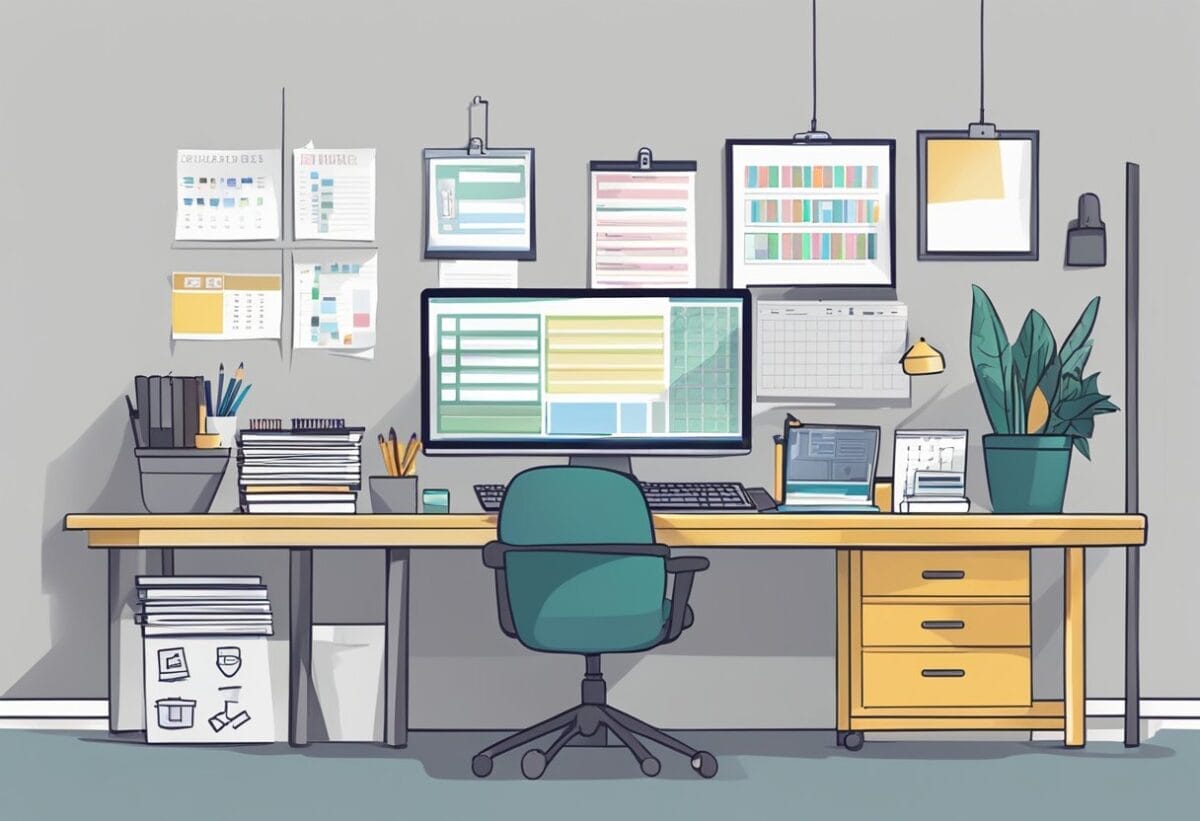
In this step, you will learn the keys to setting up your business framework, marketing effectively, finding and managing clients, and pricing your design work. These foundational elements will help you successfully launch your freelance graphic design business.
Setting Up Your Business Framework
Before diving into client work, you need a solid framework for your business.
- Start by registering your business name. Decide on a sole proprietorship or LLC structure. Each has its own benefits, so research which is best for you.
- Set up a business bank account. This keeps your personal and business finances separate. It’s much easier to track expenses and income.
- Invest in tools and software that will help you manage your projects and finances. This includes invoicing software, project management tools, and design software. Having these in place ensures smooth operations.
Always learn to gain an understand on the legal requirements and get the necessary licenses or permits. This differs by location, so check local guidelines.
Effective Marketing and Networking Strategies
Marketing and networking are crucial for attracting clients.
- Start by creating a portfolio website showcasing your best work. Include case studies and clear descriptions of your design services.
- Use social media to share your projects and connect with potential clients and other professionals. Platforms like LinkedIn and Instagram are especially useful for designers. Regularly post updates and engage with your audience.
- Attend industry events, conferences, and local meetups. Networking in person can lead to valuable connections and word-of-mouth referrals.
If you are willing to put in the extra mile to get exponential return, consider creating content such as online course or tutorials. This positions you as an expert in your field and draws traffic to your profile.
Finding and Managing Clients
To find clients, reach out to your network and let them know you’re available for freelance work. Also, join freelance job boards and websites.
When you land a new client, communication is key.
- Set clear expectations from the start.
- Use contracts to outline the scope, timeline, and payment terms of each project. This prevents misunderstandings and protects both parties.
Good communication builds trust and can lead to repeat business.
As projects progress, keep your client updated. Provide regular progress reports and be open to feedback.
Tools like Trello or Asana can help you keep track of tasks and deadlines. This ensures that you deliver high-quality work on time.
Pricing Your Design Work and Negotiating Contracts
Pricing your work fairly is essential.
- Research standard rates for your design services, such as logo design and branding.
- Consider your experience level and the project’s complexity when setting your prices.
- Have packages or tiers for different project types, making it easier for clients to choose a service that fits their budget.
Using clear and concise contracts will streamline your business dealings and elevate your freelance graphic design business.
When negotiating contracts, ensure that all terms are clear.
- Cover payment schedules, deliverables, and revision policies.
- Have everything in writing can protect you and helps to set professional standards.
Don’t be afraid to negotiate. Understand the value of your skills and be clear about your rates from the beginning.
Step 5: Growing a Successful Freelance Design Career
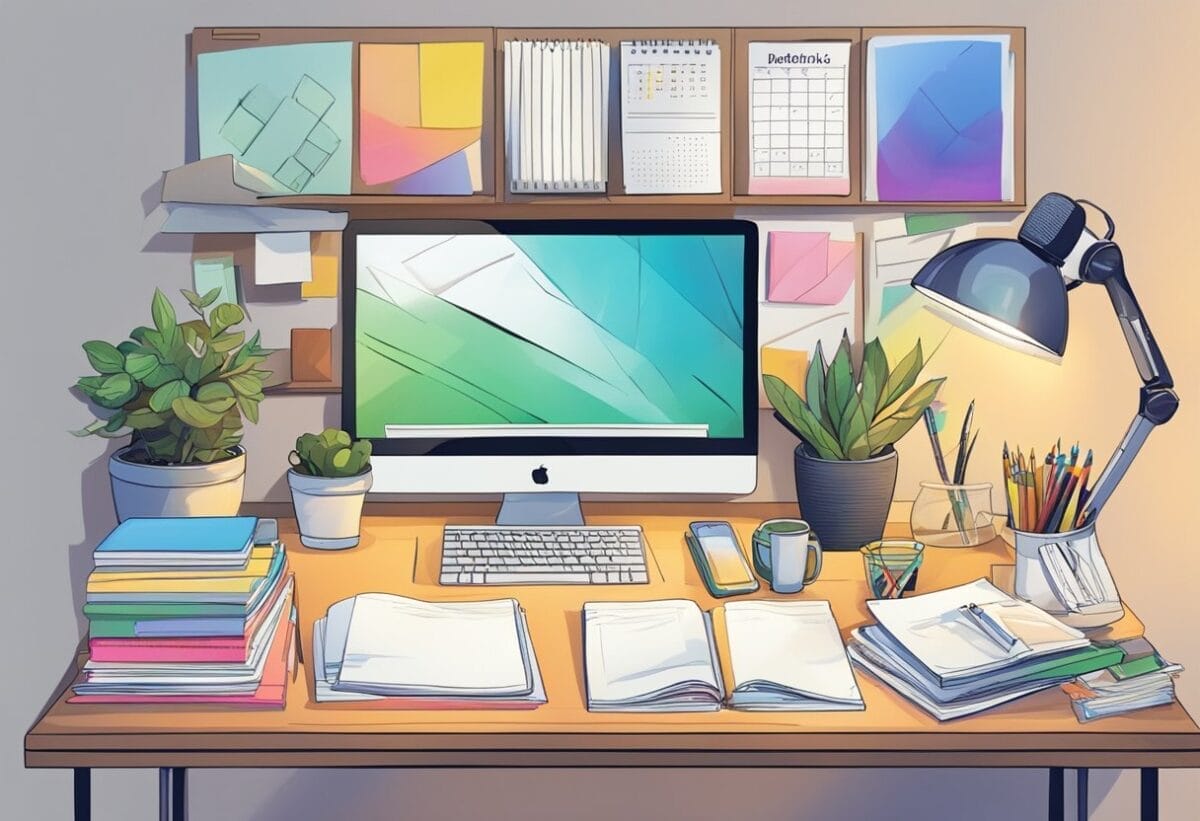
Growing as a freelance graphic designer involves expanding your network, continuously learning and refining your personal brand, and achieving financial stability. These steps help you build a strong and sustainable career.
Expanding Your Professional Network
Developing a strong professional network is crucial. Connecting with other professionals can lead to job opportunities and collaborations.
- Attend industry events and join online communities for graphic designers.
- Networking sites like LinkedIn can also help.
- Consider reaching out to potential clients and showcasing your portfolio.
- Get referrals from satisfied clients are also a great way to grow your business.
Always maintain professional relationships, as they can be invaluable in your freelance journey.
Continual Learning and Personal Branding
Keep learning new skills and stay updated with the latest design trends. Enroll in online courses or attend workshops and seminars. Software tools and design fads change frequently, so staying current is essential.
Building a strong personal brand is equally important.
- Create a professional website to display your portfolio.
- Utilize social media to share your work and engage with followers.
Your brand should reflect your style and professionalism.
Achieving Financial Stability and Advancing Your Career
As you gain experience and grow your client base, consider raising your rates.
Diversifying your client portfolio and continuing to build your skills can position you for higher-paying projects. Planning for long-term financial goals ensures ongoing career advancement.
Get your 100% Free online resume and get noticed by potential employers. Start out of the crowded space of millions of remote job seekers and find the remote job that you will enjoy and love.
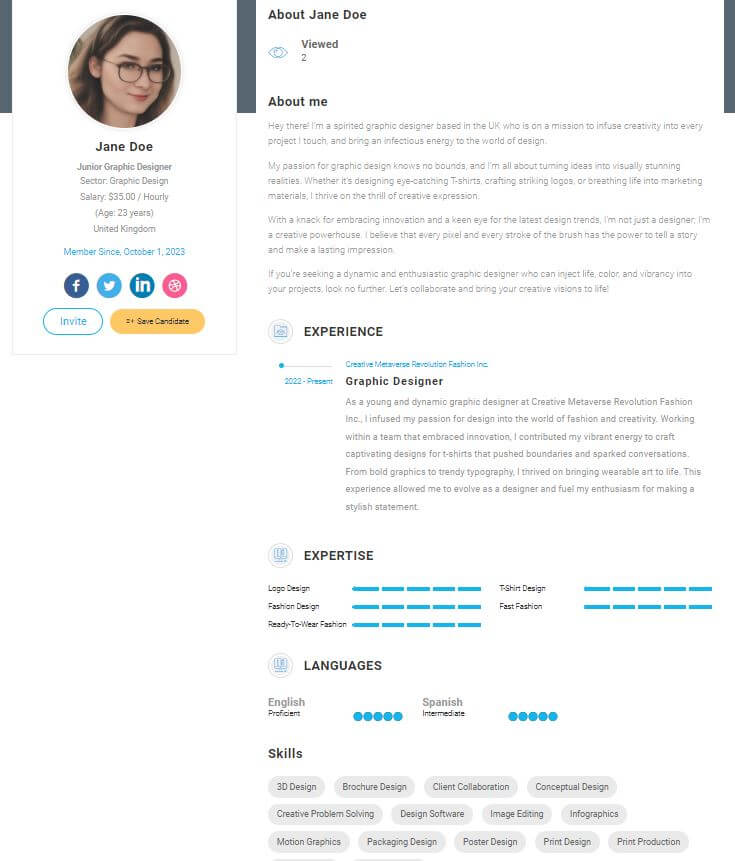
Join over 11,000+ achievers who are committed to achieving their career goals!




